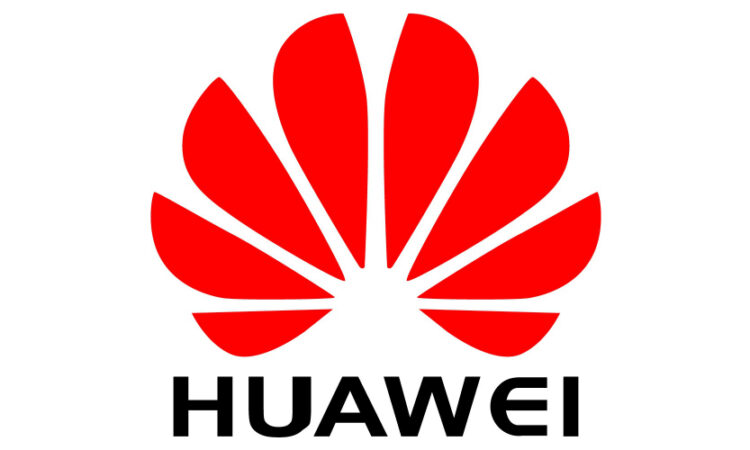
By Antony Adshead, Storage Editor
Huawei has launched an exabyte-scale network-attached storage (NAS) array to meet the challenge of artificial intelligence (AI) workloads. The OceanStor A800 is a high-performance NAS product that can scale up to clusters in the exabyte range and form part of a global single namespace using Huawei’s Omni Dataverse data management engine.
The company also announced availability from next year of a 128TB flash drive in two form factors.
Huawei launched the products at its Innovative Data Infrastructure forum in Berlin this week, both aimed at what it calls an era of “accelerated data awakening”.
Key here, said marketing vice-president for data products and storage Michael Fanjie, are storage products that allow for “more high-quality data to enable more accuracy in AI”.
Here, Huawei also talked of a “new data paradigm” based around core elements in AI processing, namely vectors and tensors – both ways of representing attributes as complex numbers – and retrieval-augmented generation (RAG), which is information used to help verify outputs from AI processing.
For this, said Fanjie, storage needs to have “high performance, high scale [and] high resilience”, and be sustainable and embedded in an extensive data fabric.
The OceanStor A800 is all-NVMe flash, and can scale up to 512 controllers and more than 1EB in capacity. It comes with a claimed throughput of 500GBps and 24 million input-output operations per second, though Huawei didn’t detail the configuration that this could be obtained in. “It’s a high-performance NAS platform,” said Fanjie. “It can use TLC and QLC drives. It’s not fixed.”
Read more on storage and AI
Storage technology explained: AI and data storage. In this guide, we examine the data storage needs of artificial intelligence, the demands it places on data storage, the suitability of cloud and object storage for AI, and key AI storage products.
Podcast: What is the impact of AI on storage and compliance? Start now looking at artificial intelligence compliance. That’s the advice of Mathieu Gorge of Vigitrust, who says AI governance is still immature but firms should recognise the limits and still act.
When it comes to energy efficiency, the A800 offers a claimed 1PB per rack unit and 0.7W per TB, which Fanjie said is nearly half of that claimed by its competitors.
A800 arrays can be built out into file access storage clusters in a global namespace, the so-called Huawei Omni Dataverse.
Fanjie said the A800 is a response to specific AI processing requirements. “We have some customers in China with very big AI workloads,” he said. “They have faced challenges in GPU utilisation and models that took a long time to process. They needed large bandwidth and storage that is scalable from a few petabytes to hundreds of PB. So, we found we needed to build a new system that meets the needs of performance, scale and resilience.”
Meanwhile, Huawei announced the availability next year of 128TB SSDs that will come in U.2 connection or the slimmer Palm format. Currently, the company’s drives top out at 60TB.
Here, Huawei appears to be running a race with Pure Storage, which has drives of 75TB and promises 300TB modules by 2026.
Research and development
Huawei claims it reinvests more than 20 per cent into research and development, is fifth in the European Union’s R&D Investment Scoreboard, and has 140,000 active patents globally.
The firm came in joint-second in market share (9%) and sales ($2.88bn) among the top storage array makers in 2022.
Huawei’s Enterprise storage lines are the OceanStor Dorado (NVMe and flash), OceanStor Pacific (flash and HDD) and OceanStor (flash and HDD, but not NVMe). All come in a range of workload profiles, such as performance, capacity and streaming.



